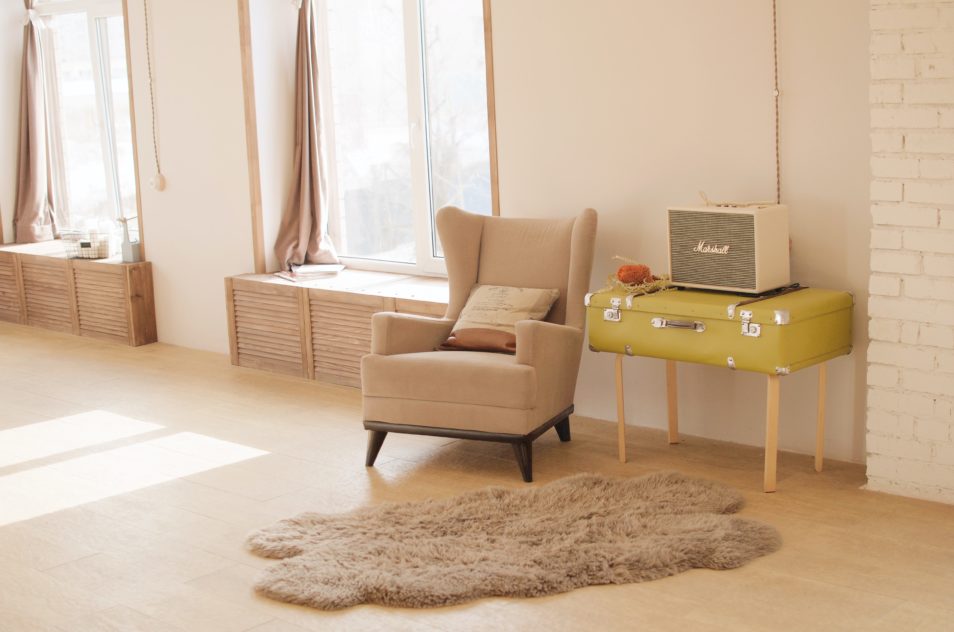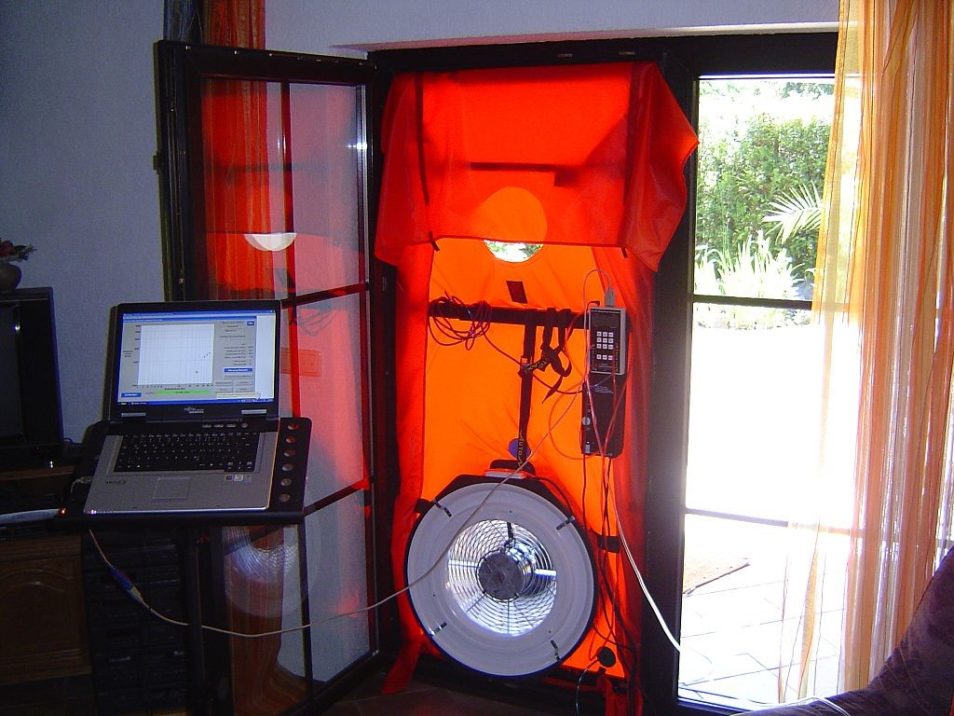Global S&T Development Trend Analysis Platform of Resources and Environment
| Hot tips for a draught-proof house | |
| admin | |
| 2020-04-28 | |
| 发布年 | 2020 |
| 语种 | 英语 |
| 国家 | 澳大利亚 |
| 领域 | 地球科学 |
| 正文(英文) |  Keeping warm in a draughty house can be a challenge. Just when you thought working from home would save you time and money, the first winter bill arrives! COVID-19 restrictions are necessary, but they may leave us out in the cold! Now you’re spending more time at home you might be noticing your house is draughty. Isn’t winter romantic? Crisp mornings, hearty stews and hot chocolate. Mmm… But huddling around the heater shivering with your housemates – not so romantic! With winter on our doorstep, the last thing we want are our dollars leaking out through the cracks in our homes. So draughty!Talk to most renters, and you’ll hear some winter woes. Wearing coats indoors, gaps in floorboards, and draughts coming from…somewhere! We had a chat with Michael Ambrose, our Senior Experimental Scientist and former architect, about why some Australian homes are so cold. “Some houses in Australia are designed to be leaky. In northern Australia, ‘troppo architecture’ houses are designed to be open to breezes, to keep the house cooler in summer,” Michael said. But unintentional draughts are an issue in southern Australia where they can add up to 20 per cent to your energy bill.  Open your curtains on sunny days, warms up your home. Home truths“Leaky houses tend to go with age. The older the home, the leakier it is. Old weather board houses from the 1950s are very leaky, especially if they’re on stumps. You don’t get leakage through concrete slabs,” he said. Michael, along with Mike Syme, former Senior Research Engineer, collaborated on one of the only studies on how airtight Australian homes are. The study found that Australian homes are ‘leaky’ by international standards and older buildings are generally much draughtier. During the recent bushfires, Australians were encouraged to close their doors and windows to minimise exposure to fine smoke particles. But in many homes, this smoke simply seeped in through the cracks and gaps. In Australia, there is currently no specific level of air tightness for new homes to achieve. The building code states “sealing of the building envelope against air leakage” is required for compliance. But there is no measure as to what is an appropriate level of sealing. Testing, testingMichael and Mike tested homes using a ‘blower door test’. The equipment sucks air into the house, before reversing it and blowing the air out. It calculates how many air changes per hour are occurring. Blower door tests find where there are gaps, where draughts form, where cold air can seep in and warm air can seep out. These gaps need to be sealed up.  Our scientists use ‘blower door tests’ to calculate the air tightness. Image by Lutz Weidner. Tips to draught proof your houseMichael has some tips and tricks to make your home-office a little warmer this winter. These hacks can help you save your hard-earned cash. 1. WindowsUncovered windows account for up to 40 per cent of heat loss in the winter.
2. DoorsSealing gaps around doors can help draught proof your house.
3. Old heaters, fireplaces and hot water systemsSometimes when services are removed the hole isn’t sealed. To draught proof the house you’ll need to seal it up.
4. Fixed vents and exhaust fans
5. Evaporative cooling unitsThese are meant to have winter covers or dampers but they’re not always effective.
6. Other gaps
7. Rugs and carpetsCold air can roar up through gaps in the floorboards, especially in timber homes raised above the ground.
8. Let the sunshine in
Let the sunshine in to warm your home.For more ideas, look to our tips on giving power bills the cold shoulder. Or on the government’s heating and cooling site. Some states offer rebates for professionally installed draught-proofing. And if you’re a concession card holder you may get free materials. Visit the Australian Government’s Your Energy Savings website. We hope you can keep a little warmer at home this winter. |
| URL | 查看原文 |
| 来源平台 | Commonwealth Scientific and Industrial Research Organisation |
| 文献类型 | 新闻 |
| 条目标识符 | http://119.78.100.173/C666/handle/2XK7JSWQ/273916 |
| 专题 | 地球科学 |
| 推荐引用方式 GB/T 7714 | admin. Hot tips for a draught-proof house. 2020. |
| 条目包含的文件 | 条目无相关文件。 | |||||
| 个性服务 |
| 推荐该条目 |
| 保存到收藏夹 |
| 查看访问统计 |
| 导出为Endnote文件 |
| 谷歌学术 |
| 谷歌学术中相似的文章 |
| [admin]的文章 |
| 百度学术 |
| 百度学术中相似的文章 |
| [admin]的文章 |
| 必应学术 |
| 必应学术中相似的文章 |
| [admin]的文章 |
| 相关权益政策 |
| 暂无数据 |
| 收藏/分享 |
除非特别说明,本系统中所有内容都受版权保护,并保留所有权利。
修改评论